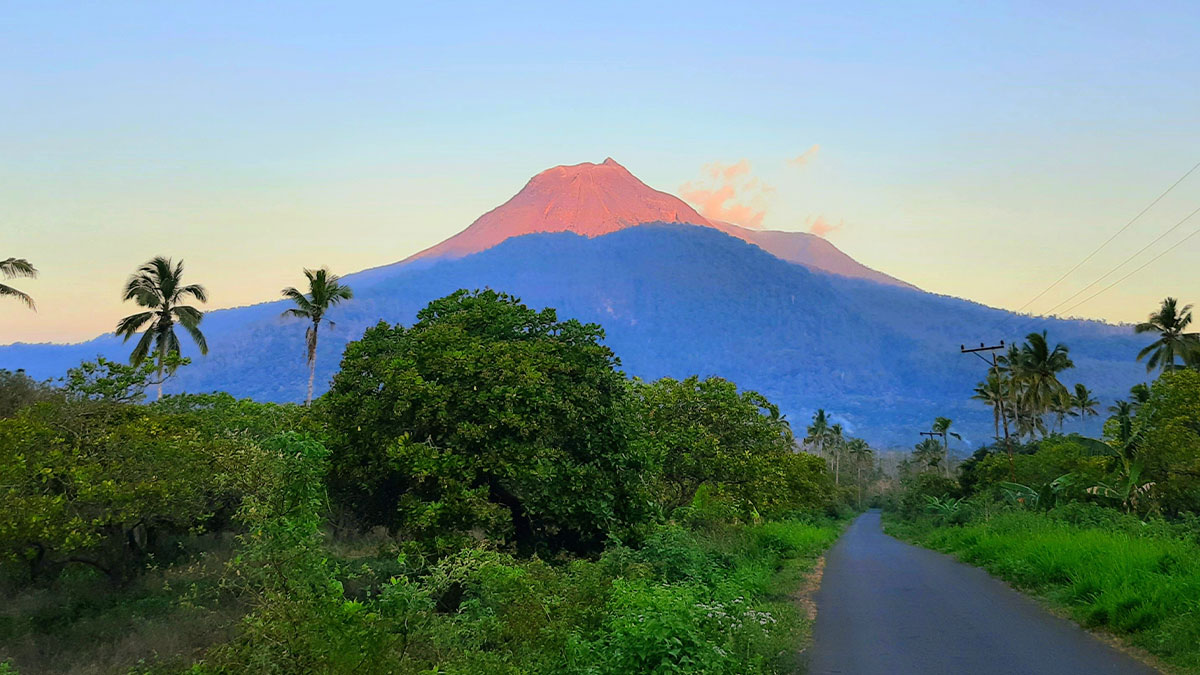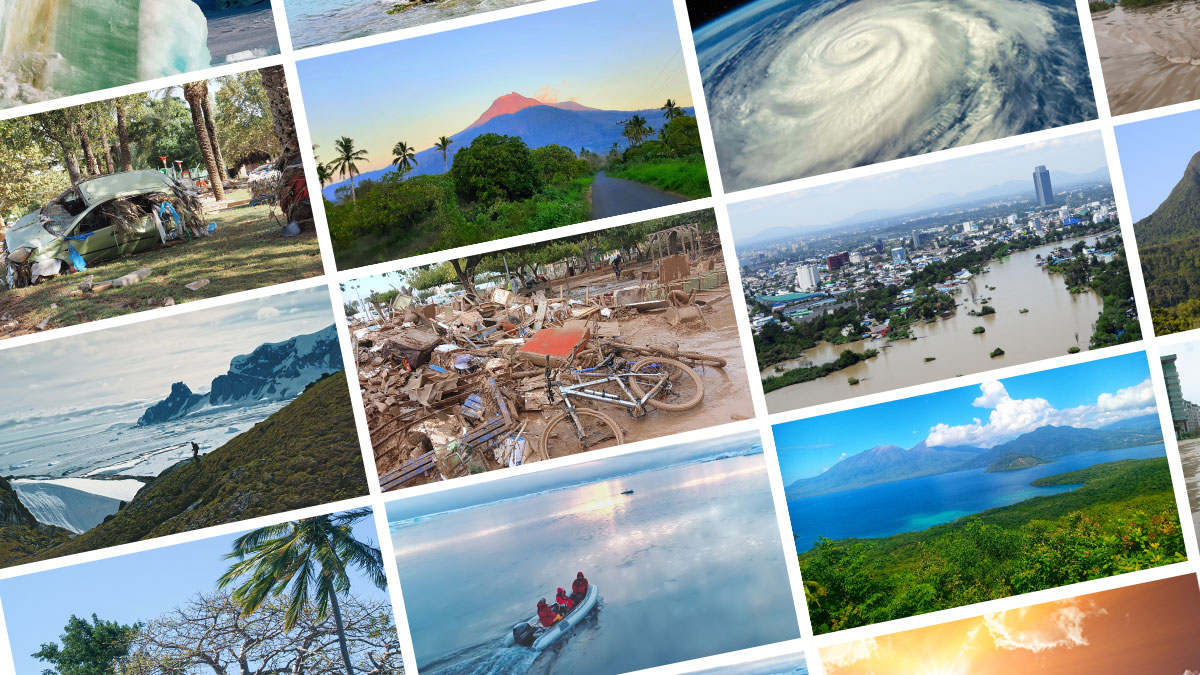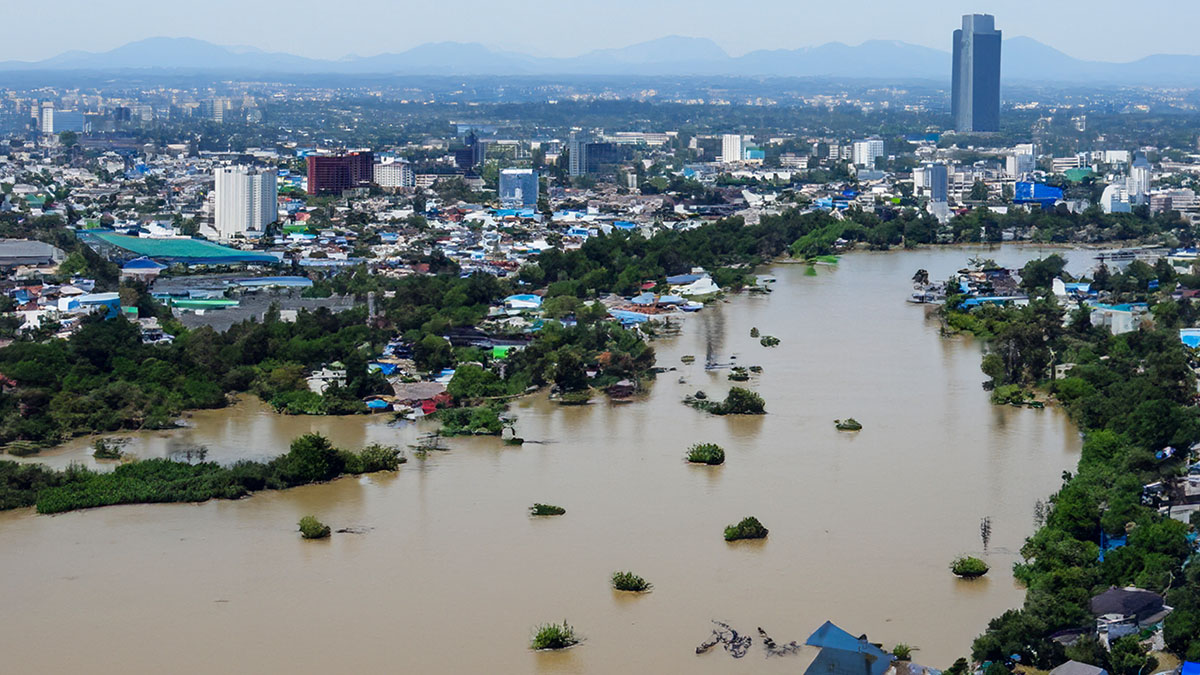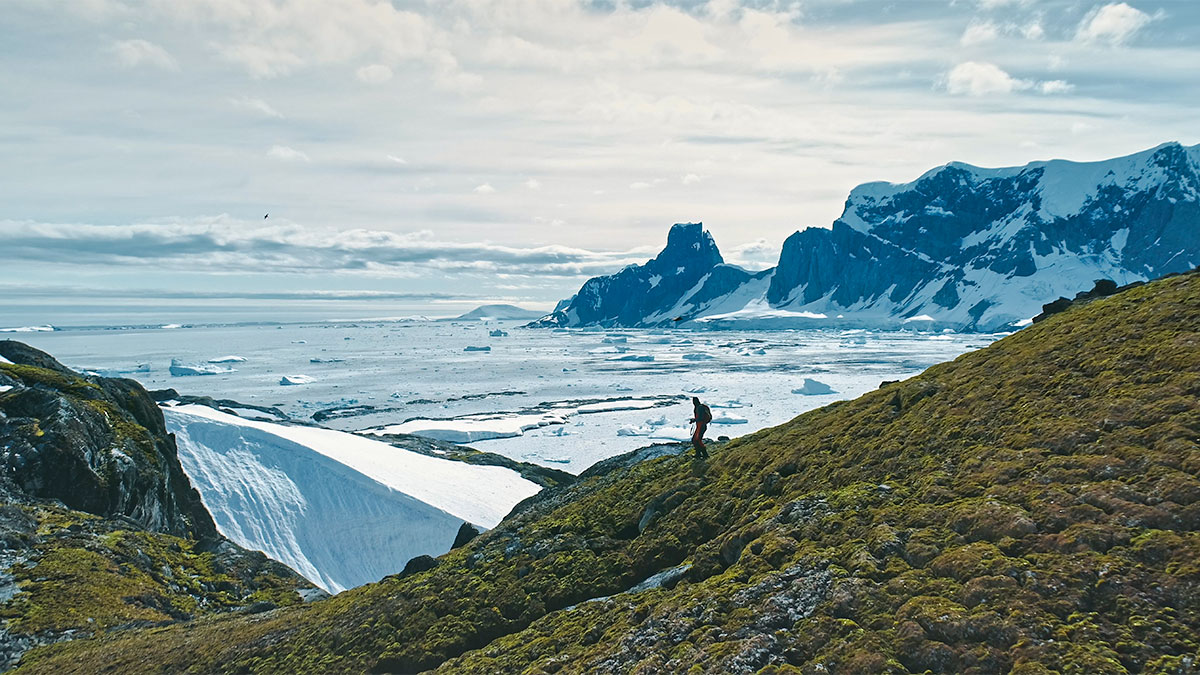
Indonesia’s Mount Lewotobi Laki-laki bursts into life
In early November 2024, Mount Lewotobi Laki-laki on the Indonesian island of Flores erupted multiple times sending columns of ash up to 8,000m (5 miles) into the air.
Mount Lewotobi Laki-laki is one of two volcanoes at the eastern end of the island. It has been erupting sporadically since December 2023. Volcanologists monitoring the volcano had issued an official warning before the latest eruptions, advising people to stay at least 3km away.
What were the effects and responses of the eruptions?
The eruptions have triggered multiple hazards including ashfalls, volcanic bombs, pyroclastic flows, lahars and flash floods.
- At least 10 people have been killed by the eruptions
- Volcanic bombs rained down on nearby villages burning and damaging houses
- The authorities imposed a 7km exclusion zone around the volcano
- Over 10,000 people evacuated from the area have been housed in temporary accommodation
Traditionally, many people have chosen to live close to the volcano to farm the fertile soils. However, the prolonged period of volcanic activity has impacted the local economy, as thick deposits of ash has smothered local cashew nut farms, ruining crops.
 Back to the top
Back to the top









